By James G. Blaine, Ph.D. (Reprinted from the 2020 Annual Report)
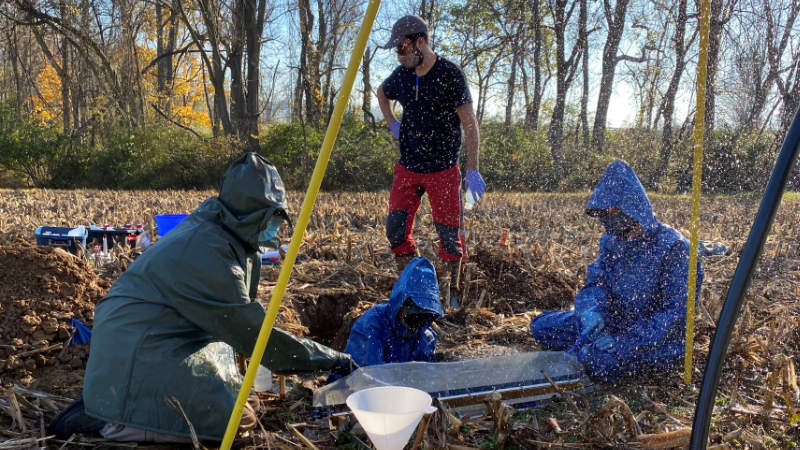
2020 was a year when science was disparaged at the highest levels of government and then vindicated by the unprecedented development of several COVID-19 vaccines. It was a year when laboratories closed for quarantine, and streams and watersheds provided safe and productive workplaces. It was a year that exposed public misconceptions about scientific research and emphasized the need to rebuild trust in the scientific process. At Stroud Water Research Center, that starts with communicating our research to non-scientists, clarifying the need for a realistic timeline, and describing the patience and the persistence required to gather the long-term data necessary to ensure clean fresh water. To that end, we share snapshots of three long-term experiments, three scientists, and their roles in our ongoing research.
Long-Term Research in Environmental Biology: Trajectory for the Recovery of Stream Ecosystem Structure and Function During Reforestation
- Funding: National Science Foundation.
- Dates: 1998–present.
- Team: Almost all Stroud Center scientists have worked on this 22-year project.
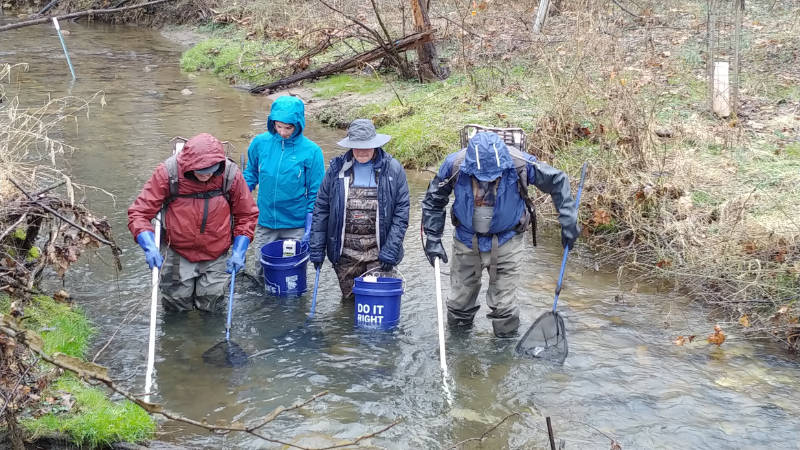
Testing Methods to Improve Stream Health by Growing a Forest
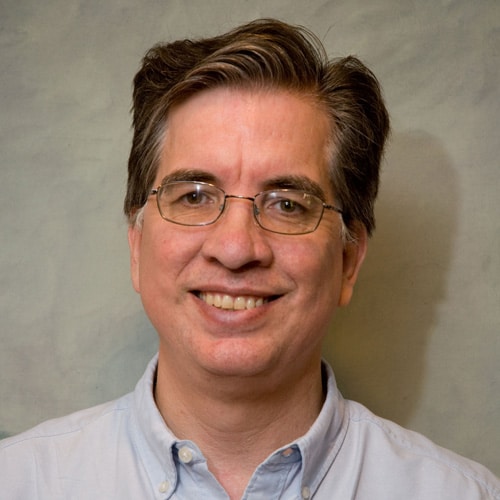
Because the Stroud Center has built an enduring body of research that identifies watershed restoration as the most effective path to stream recovery, it’s tempting to dismiss the persistence of large-scale channel engineering projects as a relic of the past. On the contrary, says entomologist John Jackson, “they’re alive and well and looking to get bigger.”
The problem is that they don’t address the true cause of degradation. “The primary pollution sources are not in the stream channel,” says Jackson. “They’re in the watershed,” where poor land management allows topsoil, pesticides, and other pollutants to run off the landscape and into the stream and impair its ecological health. “Our approach is to work with landowners to improve their management practices, and then let nature heal itself.”
This is not a quick fix. It takes time to plant trees and let them grow, time to restore the soil’s health, time to install agricultural practices that keep manure, stormwater, and sediment out of streams, time to do the long-term research. “Those things often take years,” says Jackson. “But we’re dealing with centuries of abuse.” The result of improved land management is cleaner water and more productive land. “By keeping the water where it falls, you keep the sediment where it needs to be.”
What We Learned
The ultimate outcome is both more effective and more economical. “Cutting down trees to re-engineer a stream’s channel does not improve water quality,” Jackson says. “It does not restore aquatic diversity. It does not improve stream function. It does not save money. We believe watershed restoration is a better investment than channel engineering, and we have measured the positive outcomes.”
Evaluating How Conventional, Conservation, and Organic Farming Practices Enhance Soil Health and Improve Water Quality
- Funding: William Penn Foundation.
- Dates: 2018–present.
- Team: Jinjun Kan, Melinda Daniels, Diana Oviedo Vargas, Marc Peipoch, Dave Arscott, Matt Ehrhart, Bern Sweeney, and collaborators from Rodale Institute.
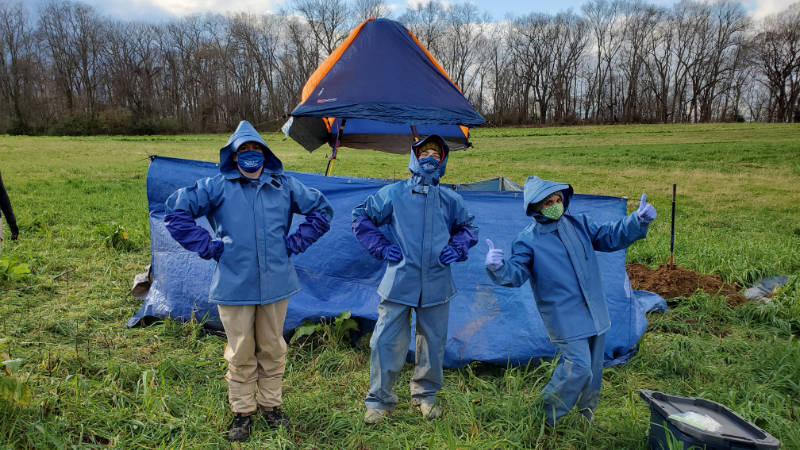
The Rainmakers: How to Fake a Downpour

Melinda Daniels is, literally, a rainmaker. The Stroud Center’s fluvial geomorphologist adapted a design from a U.S. Department of Agriculture circular to create a rainfall simulator. “It’s like a showerhead built on a tripod,” she says. Water runs up from a tub through a hose and then sprinkles onto the ground like rainfall. When the ground below is saturated, the water begins to run downhill, where samples are captured and taken to the lab for analysis.
With Americans increasingly demanding healthier food and less agricultural pollution, regulators, farmers, and consumers need robust scientific evidence on the impact of conservation practices on both the environment and food production. That requires field-scale experiments to measure actual runoff amounts and their nutrient, pesticide, and sediment loads.
“But one of the greatest challenges in environmental science,” says Daniels, “is catching nature in action — in our case, sampling rainstorms.” It’s particularly difficult when the experiment requires simultaneous replication in several fields “because we can’t be in several places at once. So instead of trying to do the impossible storm chasing, we try to mimic Mother Nature by creating artificial rainstorms” and then measure the capacity of conservation practices, such as cover cropping, to keep runoff out of the stream. “The more soil, nutrients, and water that stay in the field,” she says, “the better it is for the environment and for the farmer, whose fertilizer costs are reduced.”
What We Learned
“The research takes a long time,” says Melinda Daniels, speaking of one project but describing them all, “as it is both time- and labor-intensive, but it’s worth the effort,” as according to Daniels, “our preliminary results show that cover cropping decreases runoff and holds more of the nutrients in the soil, so fewer get into the stream. This is a win for the farmer and a win for fresh water.”
Mitigating Agricultural Pollution of Fresh Water and Combating Climate Change by Restoring Soil Health Through Conservation and Organic Agricultural Practices
- Funding: Prince Albert II of Monaco Foundation.
- Dates: 2018–present.
- Team: Melinda Daniels, Jinjun Kan, Diana Oviedo Vargas, and Marc Peipoch.
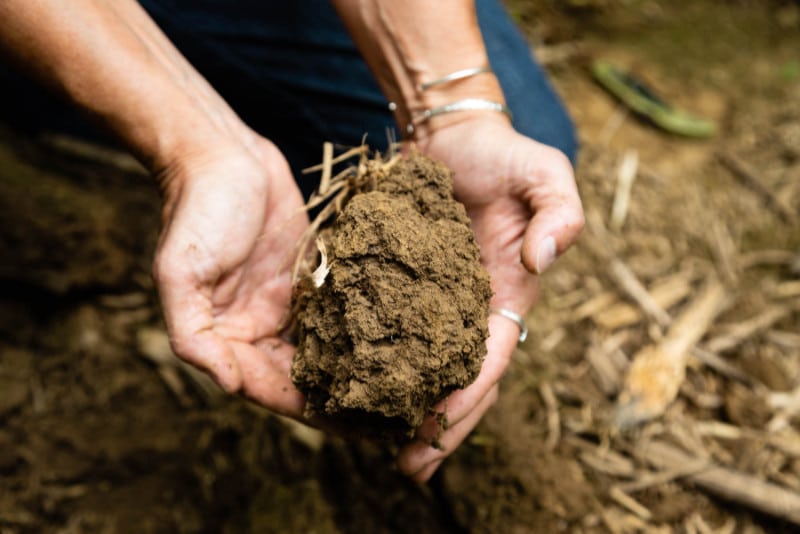
Sleuthing Out How Bee-Killing Chemicals Reach Streams

It’s the stuff you can’t see that does the real damage to a stream — pharmaceuticals, microplastics, road salt, neonicotinoids … neo … what?
Introduced in 1994 and named for their resemblance to nicotine, neonicotinoids first gained notoriety as a suspect in the alarming honeybee die-off a decade ago. Although they are the world’s most widely used insecticide, little is definitively known about their impact on stream life.
Because “neonics” can be toxic to aquatic macroinvertebrates, it’s critical to understand both how they get into a stream and how they impact its ecosystem. “That isn’t easy,” says biogeochemist Diana Oviedo Vargas. “There are so many contaminants out there; it’s hard to say what’s causing what.”
She and her colleagues have become scientific detectives, documenting these insecticides’ journey from field to stream. In 2018 they selected four experimental fields with long histories of neonic use and planted two of them with treated seeds and two with untreated seeds. After about a year of collecting overland runoff, the fields with the untreated seeds already appear to show lower concentrations of neonicotinoids.
What We Learned
Although the research is in its early stages, the preliminary results indicate that neonicotinoids are transported by rainwater from the seed coats to the soil and eventually into the stream, where their widespread use poses a significant threat to the aquatic ecosystem. “This is very troubling,” says Oviedo Vargas, “all the more so because for some crops — soybeans in particular — these insecticides appear to offer the farmer little, if any, economic benefit.”
From projects to publications to podcasts, there is so much more to learn. Visit our research page for more information.



